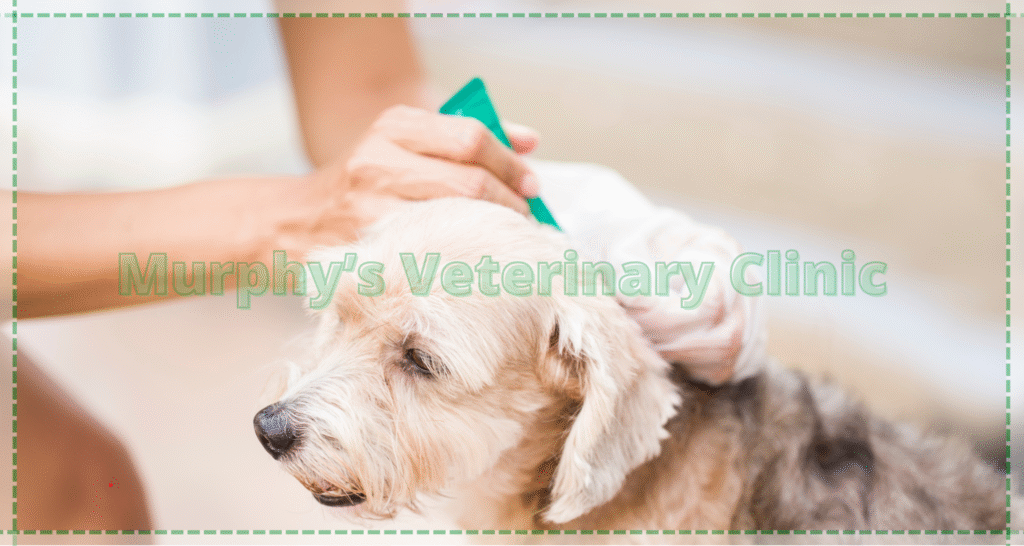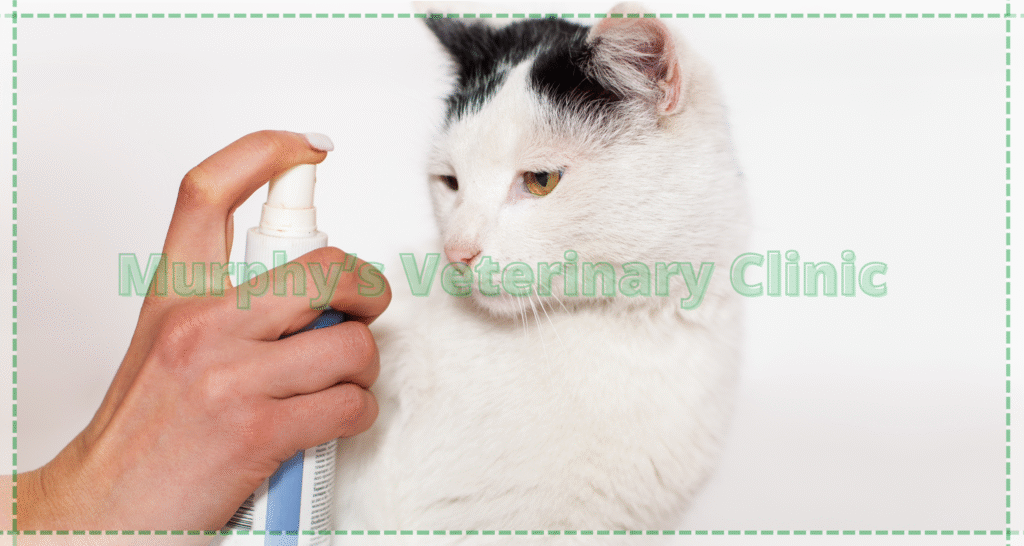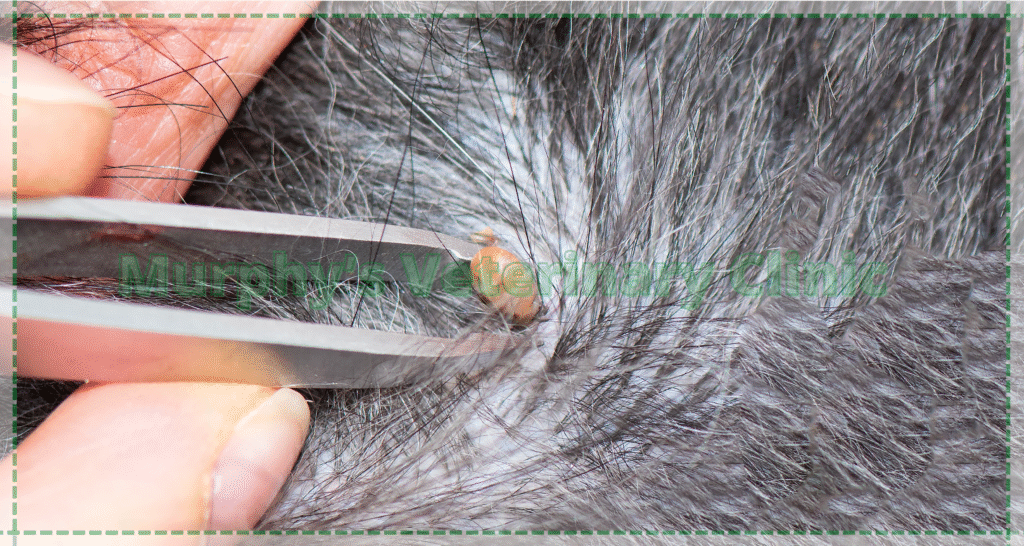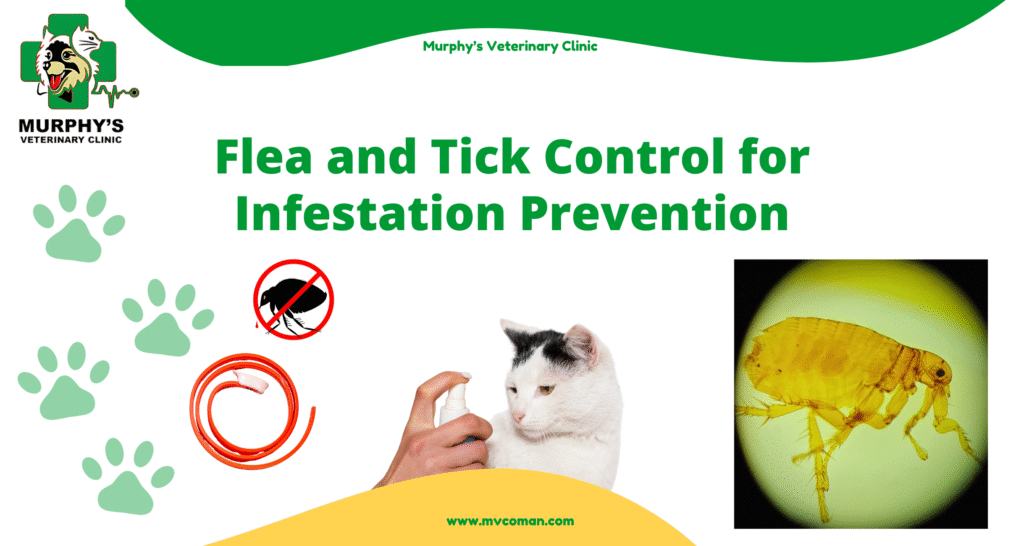Diseases & Treatments, Health & General Care, Vaccination & Prevention
Flea and Tick Control for Infestation Prevention
Topics covered in this article:
- The Medical Importance of Flea and Tick Control
- Types of Flea and Tick Control Products
- Environmental Prevention with Flea and Tick Control
- Comparative Effectiveness of Flea and Tick Control
- Possible Side Effects of Flea and Tick Control
- Conclusion
Flea and Tick Control for Infestation Prevention is a vital subject in veterinary medicine that should never be overlooked. These parasites not only cause itching and discomfort but can also transmit dangerous infectious diseases. The use of Flea and Tick Control is one of the primary methods to stop the spread of these health risks. Its importance in veterinary practice continues to grow, as prevention is always safer and less costly than treatment. Flea and Tick Control also plays a key role in reducing environmental contamination and preventing zoonotic disease transmission to humans. Applying scientifically proven strategies and using veterinary-approved products is an effective step in safeguarding both pets and their families. Veterinarians consistently emphasize the necessity of this intervention. Therefore, Flea and Tick Control should be considered not just a general recommendation but a medical and preventive necessity.

The Medical Importance of Flea and Tick Control
Flea and Tick Control is not only important for routine care but also serves as a crucial preventive measure in veterinary practice. Fleas and ticks may cause severe conditions such as vector-borne diseases, anemia, and allergic dermatitis in animals. Since these parasites reproduce rapidly, even minimal neglect can lead to widespread infestation. The application of standardized Flea and Tick Control products provides a strong medical defense against parasitic infections. These interventions not only protect the animal’s health but also reduce environmental contamination and zoonotic transmission to humans. With increasing parasite resistance, the selection of high-quality veterinary medications becomes more significant. Thus, Flea and Tick Control is an integral component of comprehensive veterinary healthcare.
- Vector-borne diseases
- Allergic skin reactions
- Anemia caused by parasites
- Zoonotic transmission risks

Types of Flea and Tick Control Products
Flea and Tick Control includes a wide range of therapeutic and preventive products. These may be administered orally, topically, or via injections. Each option has a different mechanism of action, and veterinarians prescribe the most appropriate method based on the pet’s specific condition. Oral Flea and Tick Control generally provides systemic protection throughout the animal’s body. Topical products primarily act on the skin and coat. In some cases, anti-parasitic collars are recommended, offering long-term protection. Choosing the correct option depends on several factors, including the pet’s age, weight, and health status. For this reason, Flea and Tick Control should always be implemented under veterinary guidance.
- Oral products
- Topical products
- Anti-parasitic collars
- Veterinary injections

Environmental Prevention with Flea and Tick Control
Flea and tick management is not limited to the animal itself but also extends to its living environment. An infested home or outdoor area can serve as a continuous source of reinfection, making it harder to fully eliminate the problem. Carpets, furniture, bedding, and even garden spaces may harbor eggs and larvae that later develop into adult parasites. For this reason, the use of environmental sprays, disinfectants, and thorough cleaning is highly effective in disrupting the reproductive cycle and stopping new outbreaks. Paying attention to the surroundings reduces the risk of reinfestation and significantly improves the success of any treatment applied directly to the pet. Maintaining a clean and parasite-free environment is therefore an essential part of preventive care, and these measures must be performed consistently and in combination with direct treatment of the animal to achieve lasting effectiveness.
- Environmental sprays and cleaners
- Disinfecting bedding
- Outdoor space management
- Regular washing of pet supplies

Comparative Effectiveness of Flea and Tick Control
Flea and Tick Control is available in different forms, and their effectiveness varies depending on the animal and its environment. Clinical studies indicate that oral products often perform better in certain breeds, while topical solutions may be preferable for sensitive animals. Anti-parasitic collars provide cost-effective, long-lasting protection. The following table presents a comparative overview of the major methods of Flea and Tick Control. These data allow pet owners to make more informed decisions. Ultimately, the most suitable choice should be determined by a veterinarian, as each animal has unique health needs. Flea and Tick Control achieves optimal success only when applied with careful planning and professional guidance.
| Product Type | Duration of Effect | Ease of Use | Suitable For | Approximate Cost |
| Oral | 1–3 months | Very easy | Most breeds | Moderate |
| Topical | 1 month | Easy | Sensitive pets | Moderate–High |
| Collar | 6–8 months | Very easy | Outdoor pets | Cost-effective |
| Injectable | 6 months | Requires vet | Special cases | High |

Possible Side Effects of Flea and Tick Control
Parasite prevention through fleas and ticks management is generally safe, though in certain cases side effects may appear. Pets with sensitive skin can occasionally develop local irritation after the use of topical treatments, while some oral medications may result in gastrointestinal disturbances such as vomiting or a temporary loss of appetite. In rare circumstances, severe allergic reactions have been observed and require immediate veterinary attention. The table below highlights the potential adverse effects linked with various preventive methods, giving pet owners a clearer understanding of possible outcomes. Being aware of these risks enables owners to act quickly and seek professional guidance whenever concerning symptoms are noticed. Despite these possibilities, this form of parasite prevention continues to be regarded as one of the safest and most effective approaches, especially when applied responsibly under veterinary supervision.
| Product Type | Possible Side Effects | Severity | Veterinary Attention |
| Oral | Vomiting, anorexia | Mild–Moderate | If persistent |
| Topical | Skin irritation | Mild | If prolonged |
| Collar | Local irritation | Mild | Rarely needed |
| Injectable | Allergic reaction | Moderate–Severe | Immediate care |
Conclusion
Managing fleas and ticks is both a medical and preventive necessity in pet healthcare. Its importance goes far beyond relieving itching and discomfort, as effective parasite control helps prevent the spread of serious diseases that can compromise the health of pets, the household, and even humans. These protective measures safeguard not only the animal but also the environment in which it lives. Choosing the right products should always be guided by a veterinarian to ensure safety and proper application. The best results are achieved when direct treatment of the pet is combined with environmental disinfection and strict hygiene practices, creating a comprehensive defense against reinfestation. While minor side effects from certain products may occasionally occur, the overall benefits of prevention greatly outweigh the potential risks. Adhering to professional veterinary advice guarantees the highest standard of care and effectiveness. In the long run, preventive strategies prove to be less costly, more reliable, and far more effective than attempting to treat well-established infestations after they have already taken hold.
Murphy’s Veterinary Clinic provides expert solutions for Flea and Tick Control using veterinary-approved medications and evidence-based protocols. In addition to treatment, the clinic offers environmental prevention strategies and professional consultations. Pet owners can rely on Murphy’s Veterinary Clinic to establish safe, effective, and personalized parasite prevention plans.


